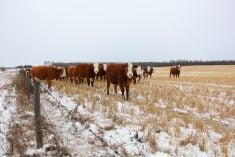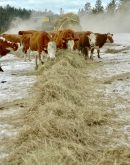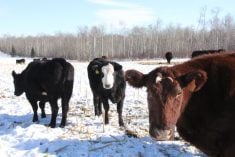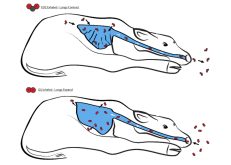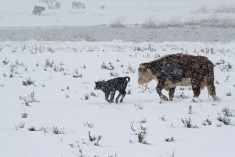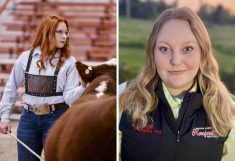Canadian Cattlemen reader Christine Pike of Waseca, Sask., wrote to us to share her strategy for reducing weaning stress. We’ve outlined her method with her permission.
Pike makes a “calf door” by creating a small opening into a pen with a rail across the top that is a couple of inches higher than the tallest calf’s back. Inside the pen, calves find “the best hay, a sprinkle of grain and access to water, plus a warm bed if needed,” Pike writes. At first, she may push a few calves through a larger gate, but usually calves find the calf gate on their own. Within a few days, all the calves figure it out, as they like to be with their buddies and find there are no large animals pushing them around in their pen, she adds.
Read Also
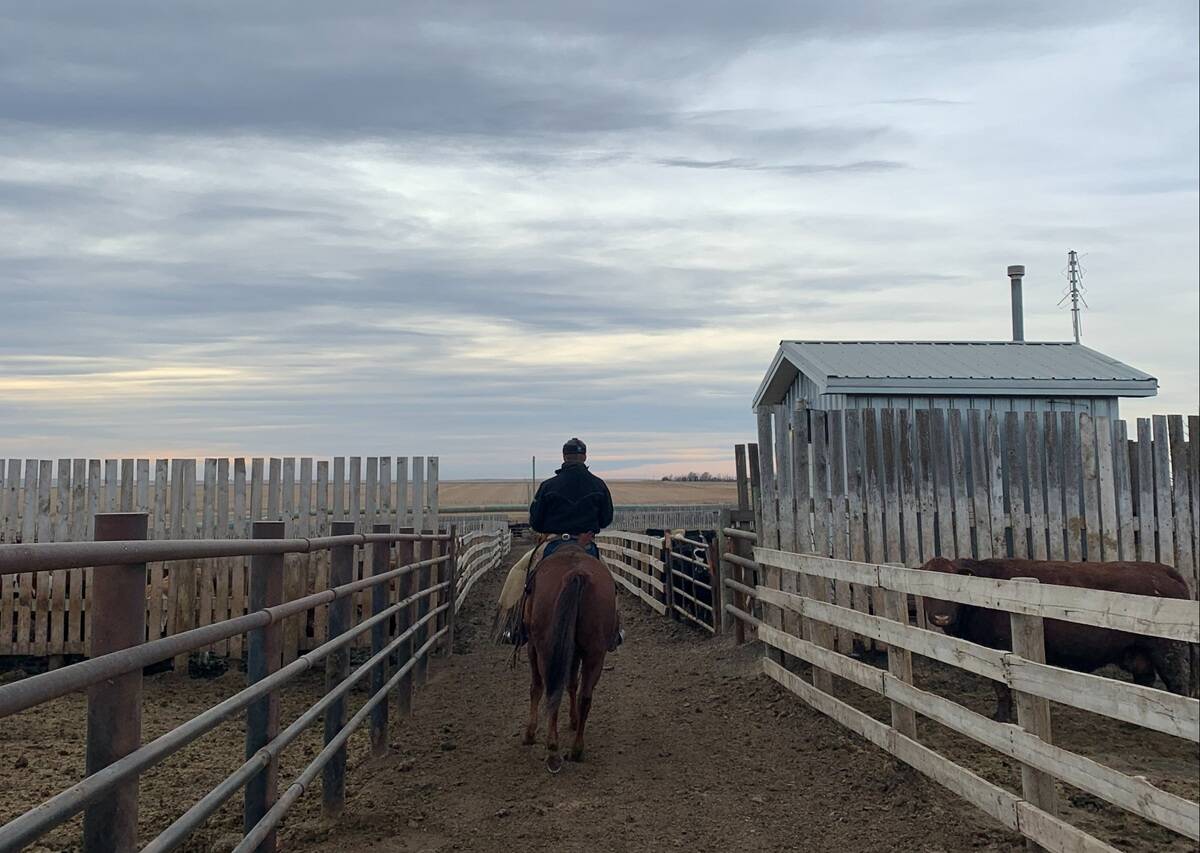
Pen riders still better than tech at detecting respiratory disease in feedlot cattle, says researcher
Recent research found that pen riders are better than tech at flagging signs of BRD in feedlot cattle
After a few days of the calves going in and out on their own, Pike starts closing the gate at nights, locking the calves in the pen. “When the time is right, I shut the gate for the last time.”
The cows bawl on and off for a bit, but they are only slightly stressed, and the calves even less so, Pike says. Pike notes her method is low-cost and doesn’t require much labour. Producers with large herds can create more calf gates, she adds.
The Beef Cattle Research Council notes that calves weaned abruptly have higher rates of bovine respiratory disease (BRD) and lower feed intake due to stress, which reduces weight gains. Fence-line and two-stage weaning (using nose flaps) are two alternate weaning methods that reduce stress (see chart below).
Producers can also ease stress by practicing low-stress animal handling and performing other stressful events such as castration or dehorning at other times. Introducing new feed and water sources to the calves before weaning also helps. If possible, producers could also move the cows instead of the calves, as the cows are better able to cope, and the calves will do better in a familiar environment. To read the full fact sheet, visit beefresearch.ca.




